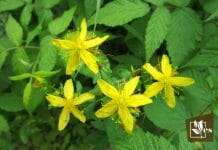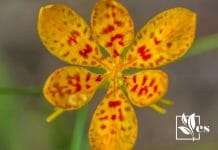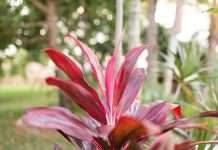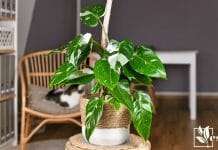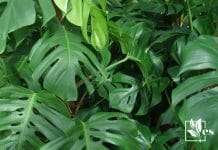Plants with long skinny leaves are ones that can complement your home decor, making your rooms more attractive. Some of these plants are edible and non-toxic to humans and pets as they help to treat different diseases.

Plants with long skinny leaves are good for beginners because most of them are easy to care for, and there are other plants with large leaves that can brighten your home like the Ficus lyrata, and even the prayer plant of the Marantaceae family. This guide will help you learn more about various plants whose leaves are long and skinny, so read along.
JUMP TO TOPIC
A List of Plants With Long Skinny Leaves
1. Ponytail Palm
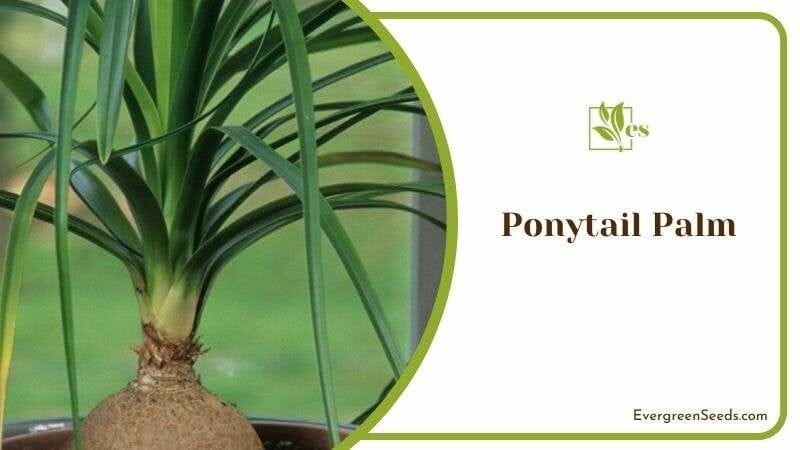
| Benefits |
|
| Uses |
|
| Distinguishing characteristics |
|
| Care |
|
This palm is an evergreen perennial plant that is usually grown as an outdoor ornamental plant that thrives in warmer temperatures. The plant belongs to the Asparagaceae family and is also known as the elephant’s foot. Different climates will affect the ponytail’s health.
This beauty is non-toxic to humans and pets like dogs and cats so, you are free to place it on any spot that can make your house look elegant. However, to see this plant thrive, you should make sure that you are patient because it will start to bloom when it has become mature.
In order to grow it well, you should place it in the bright yet indirect sun, and make sure that you do not water it excessively, only when the soil feels dry.
2. Yucca
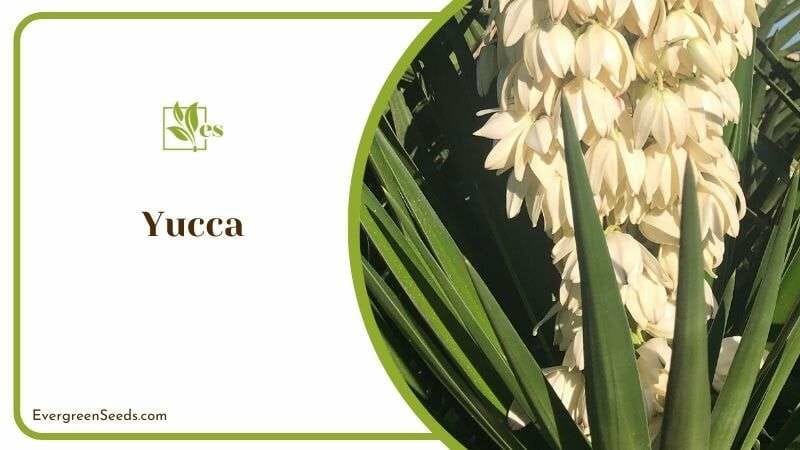
| Benefits |
|
| Uses |
|
| Distinguishing characteristics |
|
| Care |
|
Yucca is a genus with 40 to 50 species that are easy to care for, but they all differ from the colors of their foliage but would thrive in common conditions, such as regular watering in summer when the soil is dry, but the soil dries slower in winter. However, the roots should not be placed in excessive water content, and make sure that you would prune the dead parts as well.
The yucca shrubs are becoming increasingly preferred by many gardeners for use as outdoor and indoor plants. The mature yucca plant sheds its lower leaves and scary marks are left, making it look similar to the Chinese evergreen plant with a short trunk.
3. Spider Plant
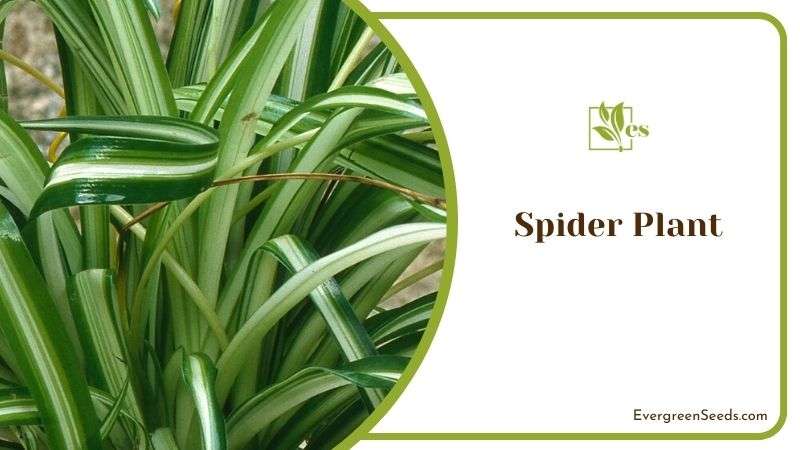
| Benefits |
|
| Uses |
|
| Distinguishing characteristics |
|
| Care |
|
The spider plant is the type of plant that gets its name from the narrow, long leaves that bend outward from the central growing point, just like the arthropods. This plant is also known as the Chlorophytum comosum, and it is a famous indoor plant that requires indirect sun and brings benefits such as cleansing the environment.
The plant’s best look is achieved if placed on a table or in hanging baskets where you would water it once the soil feels dry. This indoor plant, together with the snake plant and Ficus elastica, produces lots of oxygen that can help to lessen the burden of having to deal with airborne allergens.
It would grow well when you place peat moss on the top of the soil and the moisture would be trapped; also, when the roots grow, you must remember to repot it.
4. Dragon Tree
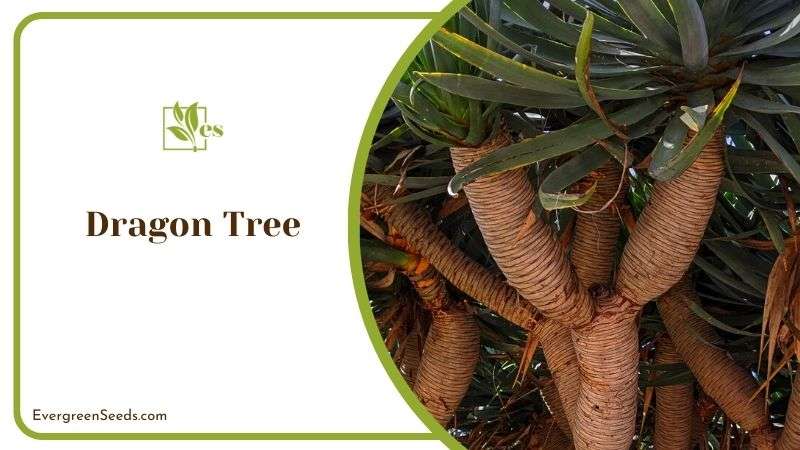
| Benefits |
|
| Uses |
|
| Distinguishing characteristics |
|
| Care |
|
The dragon tree is also known as the Dracaena marginata. This tree plant has spiky green leaves. The variegated red edges of this plant are the ones that make it more appealing.
The reason why you should keep this plant indoors is because of so many benefits that it has, but also due to how it would grow best when receiving indirect light. At the same time, it is known to cleanse the indoor environment and would add such a beautiful and tropical feature indoors especially when the flowers are blooming.
The leaves of this plant are known to be thin and skinny, and their foliage is rich in green color. The plant will thrive when it is in warmer regions, and as a result, you should aim to protect the plant from cold drafts.
5. Banana-Leaf Fig
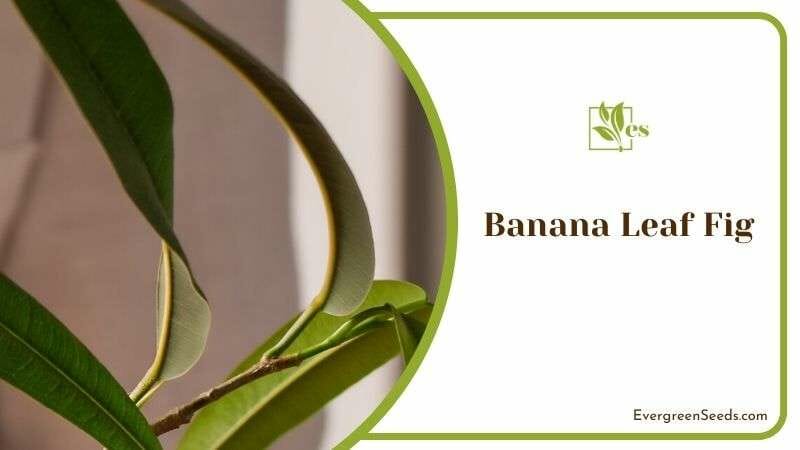
| Benefits |
|
| Uses |
|
| Distinguishing characteristics |
|
| Care |
|
Note that this banana tree grows into a small tree like the weeping fig. This leaf plant is commonly known as Ficus maclellandii, and it is known to grow between six and 10 feet long with the right requirements.
This is the type of tree that has leaves that are thin, and they grow as long as they are placed in indirect light that is also bright, and make sure that the environment is warm enough. On another note, these leaves have medical properties that would heal different health problems such as coughing issues.
6. Parlor Palm
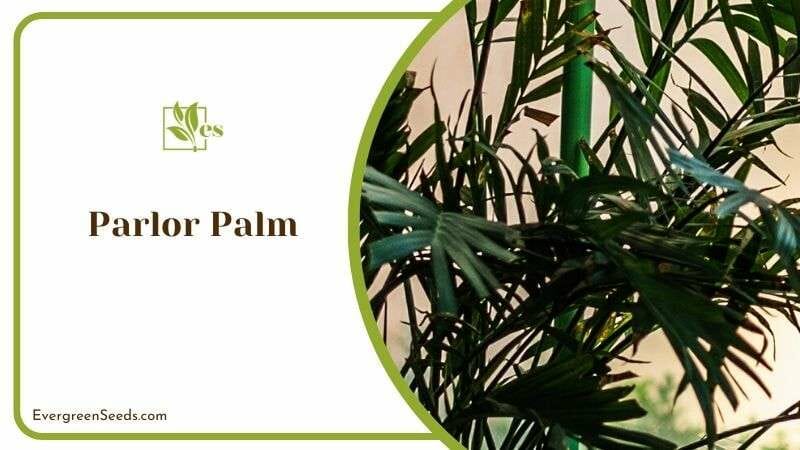
| Benefits |
|
| Uses |
|
| Distinguishing characteristics |
|
| Care |
|
The parlor palm is also known as the bamboo palm or Chamaedorea elegans. This palm has dark green leaves and is usually grown as an indoor plant. Also make sure that this plant is placed in soil that has an acidic and neutral soil pH, with well-draining properties as well.
The interesting aspect about this houseplant is that in Feng Shui, it is used to bring cleaning to the environment. Many common palm tree varieties include the majesty palm, cat palm, and fan palm.
7. Aloe Vera
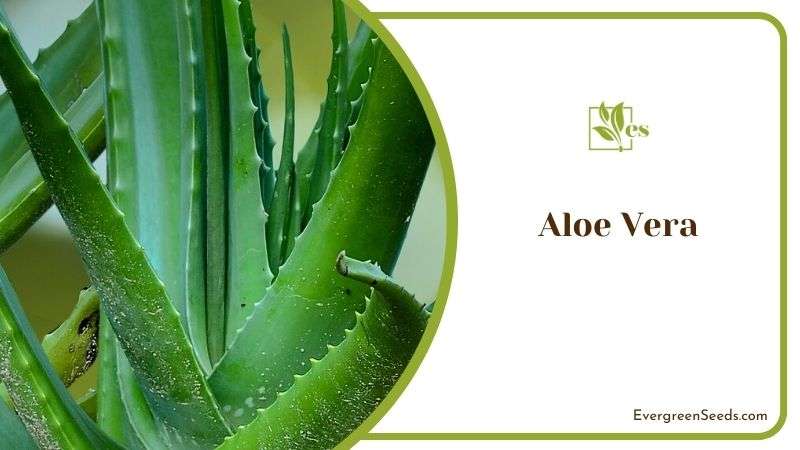
| Benefits |
|
| Uses |
|
| Distinguishing characteristics |
|
| Care |
|
This plant is native to Africa like the corn plant and is usually grown for its health benefits. The plant’s gel contains 99 percent water, which is why it is drought-tolerant.
This is the type of plant that would thrive when you place it in the indirect sun, and also try to water it when the soil feels dry. However, you should remember to water it in winter every two to three weeks, so it dries. If you have any pets, just make sure you place it on a higher shelf, because aloe vera would intoxicate your pets if ingested.


